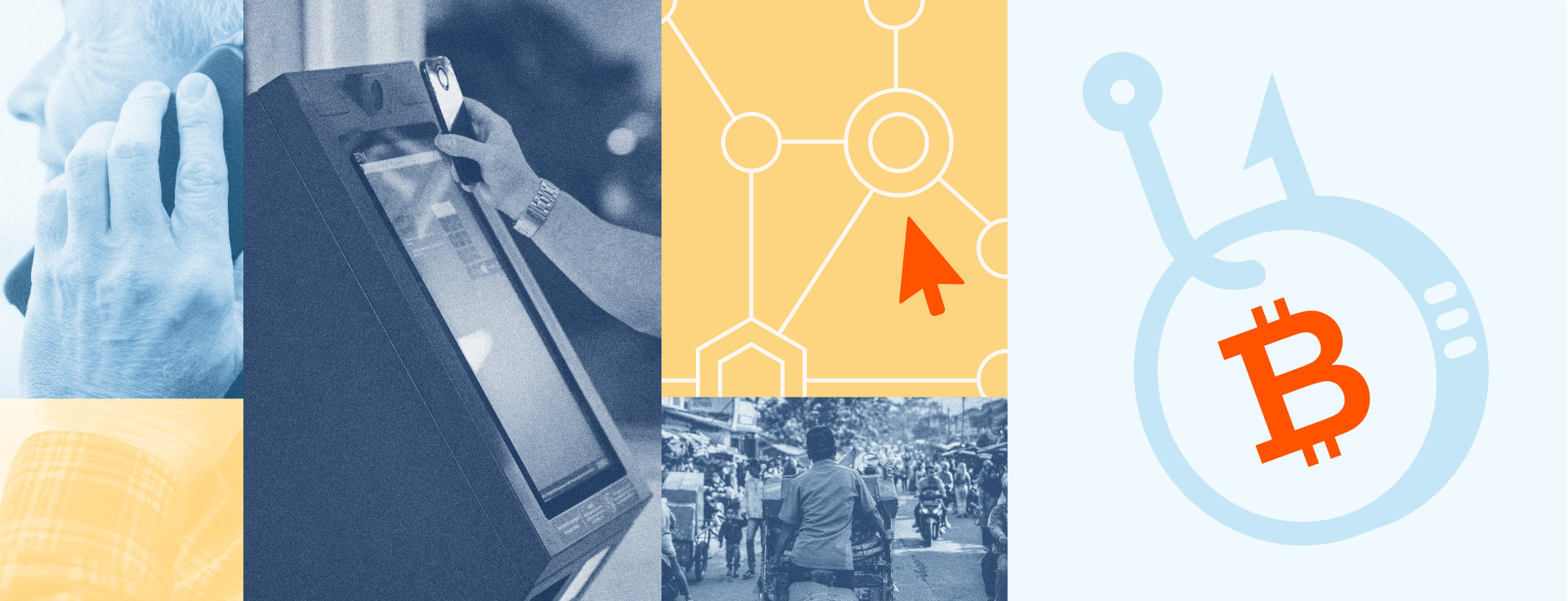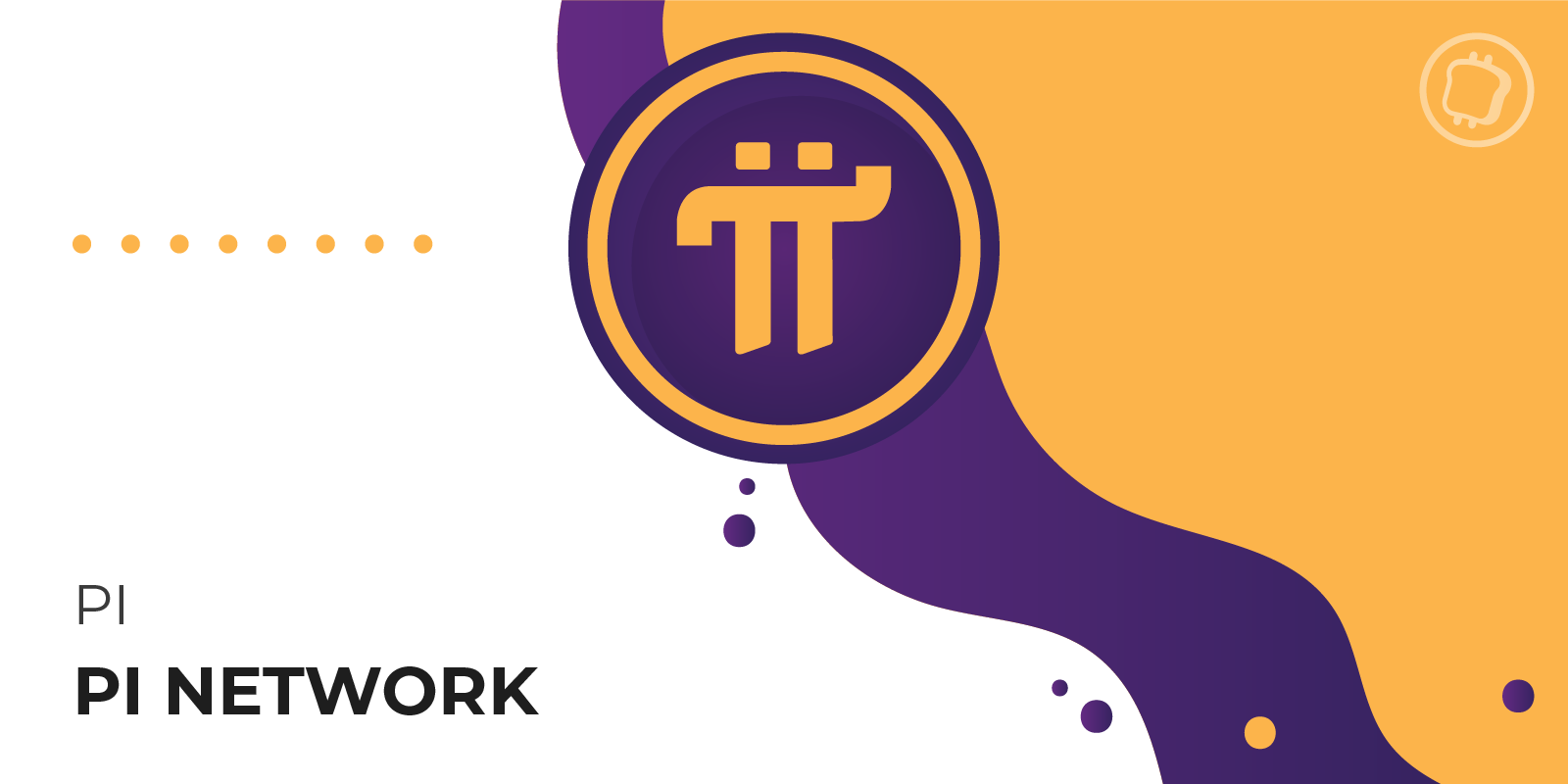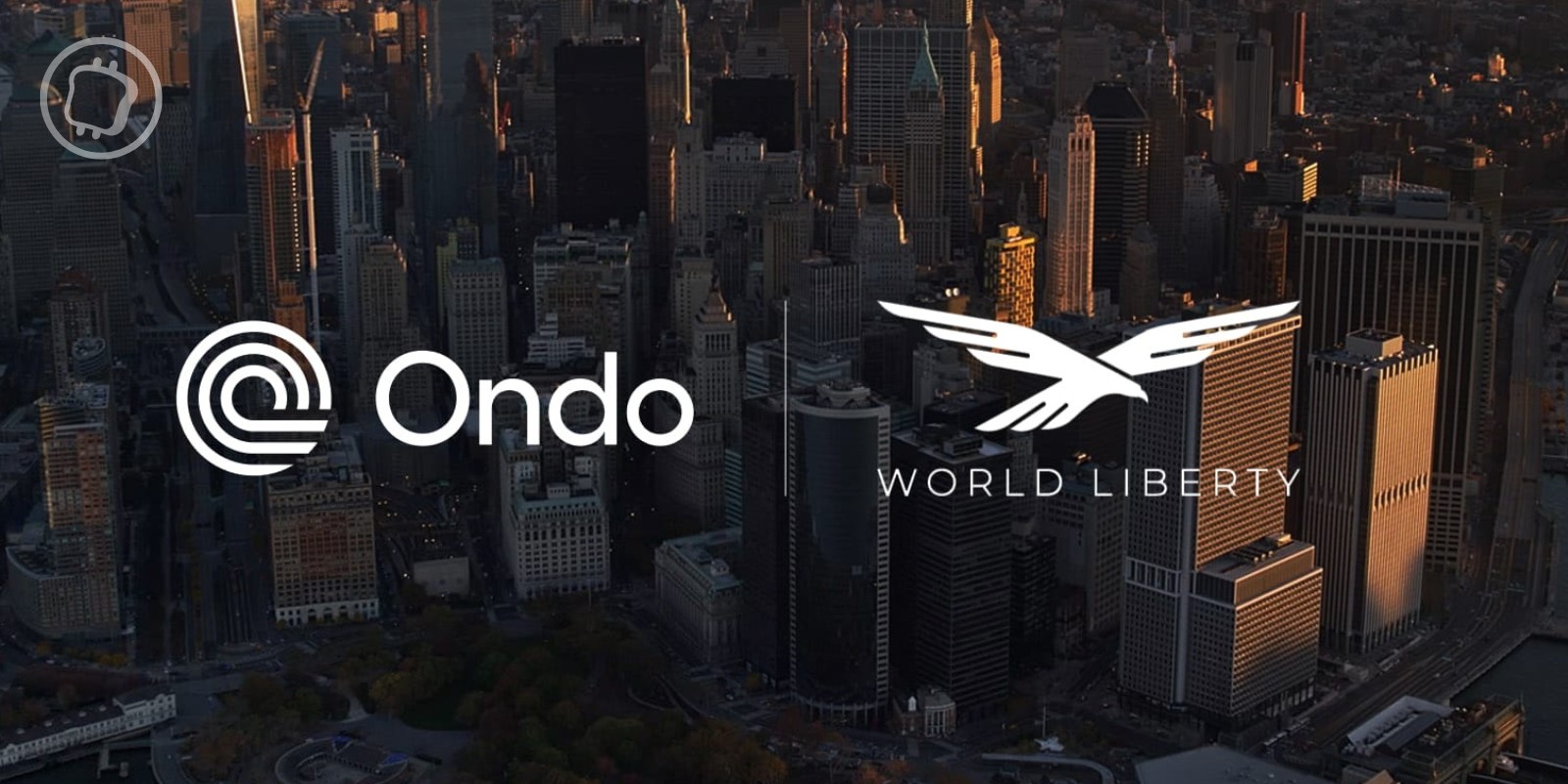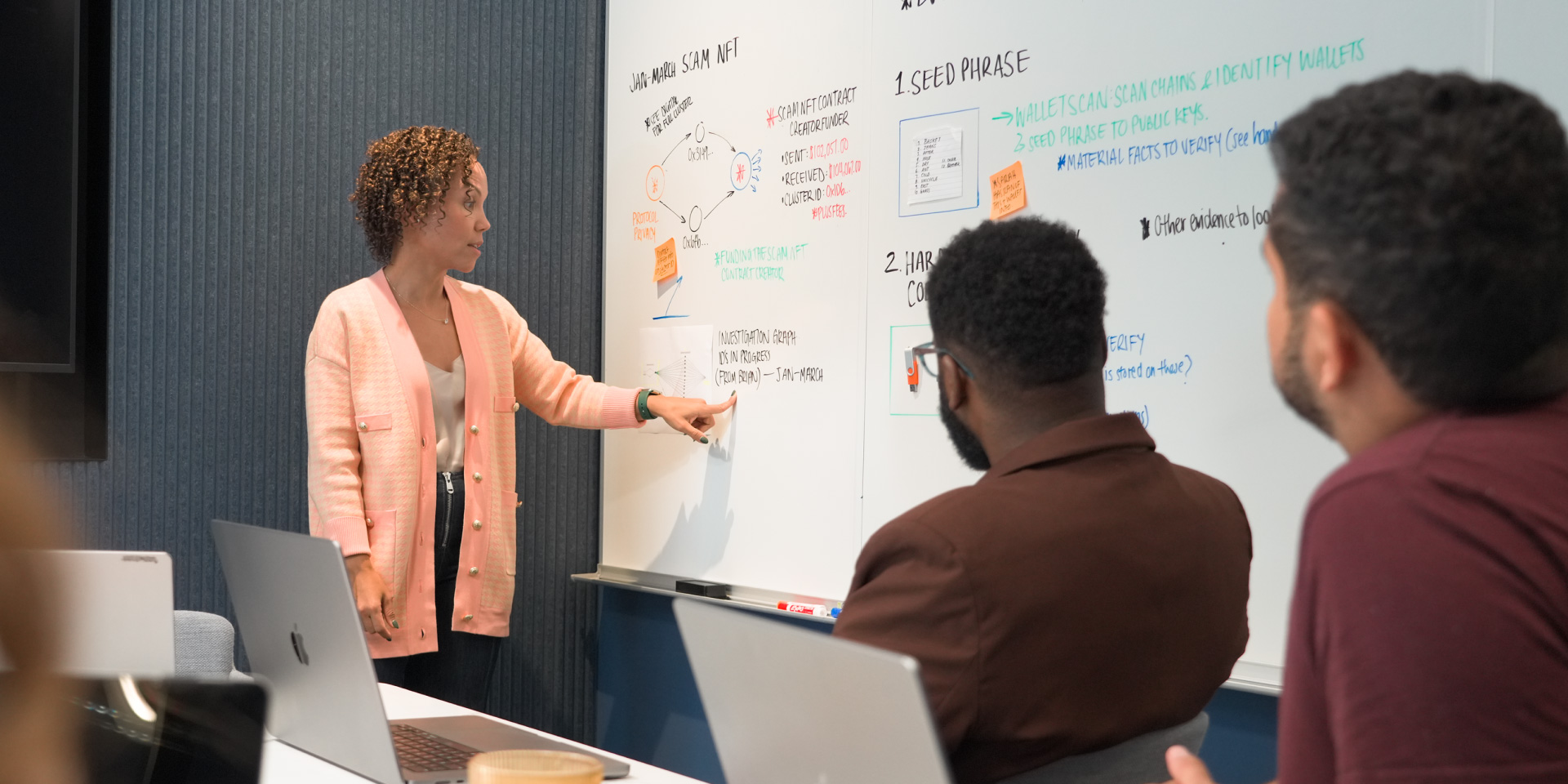The majority of global central banks are currently working on digital currencies, mostly blockchain-based. What are the risks of these new active ingredients and will they really become part of consumer habits? We took stock with experts in the field.
Are MNBCs necessary for the future of financial systems?
The question of the usefulness of these digital assets comes up often. Are they really necessary? According to Frédéric Riera, consultant in the field of MNBC, they are above all a symbol of stability for central banks :
“Central Bank currencies have played an important role for the stability of the system and the confidence of economic agents in Western societies. […] I think they could meet specific needs and globally improve our economic future.»
With one downside: will they be adopted in countries like France, “where the banking rate is high and where the protection of citizens is guaranteed»? Xavier Lavayssière, independent researcher in the field of digital finance, shares this question. He considers that the means implemented are colossal for results not guaranteed :
“The main risk, and even the most likely, is that it will be a waste of energy and money for a poor result. There are potential benefits to launching an MNBC, but they are poorly identified and the projects try to do a bit of everything. »
The question of the need for these MNBCs is therefore necessarily raised, at a time when countries like China are very advanced in their development.
👉 Digital Central Bank Currencies (MNBC) – What are they and how do they work?
The exchange that has the wind in its sails⭐
5% off your fees with this button
Risks for economic stability and banks?
What are the other risks associated with MNBC? According to Frédéric Riera, the banking system could be impacted :
“There is a risk of destabilization of the current banking system which, without being perfect, plays an important role for everyone. In this case, we could see weaker financing of the economy and impacts that are difficult to assess.. »
This is precisely a subject pointed out by commercial banks. They fear that the flight of cash to external portfolios do not harm them. A possibility confirmed by Frédéric Riera:
“This concern is justified but it can be limited and controlled. […] This will require banks to question some of their habits, they will see the arrival of new, very agile competitors.»
Because there is a distinction that is sometimes blurred: that of the separation between central banks and commercial banks :
“It is not the role of the Central Bank to support the Business Model of commercial banks as long as the changes do not jeopardize financial stability or citizens’ access to financial services.»
An analysis shared by Xavier Lavayssière, who also points the finger at this opposition between private banks and MNBCs:
“Today the payments market is controlled by oligopolies and there is a risk that in the future large technology companies will take a prominent place. Depending on its design, an MNBC could, however, replace several private actors.»
This is the classic opposition: private currencies are put against public currencies – a vision at the heart of many debates concerning cryptocurrencies. For Frédéric Ocana, security advisor, the decision whether or not to allow banks to issue MNBCs will indeed be crucial:
“The real problem of control risks intervening in the choice of the MNBC program. Will it be issued directly by the ECB or through commercial banks? What control functions are left to commercial banks?»
👉 Read – Are cryptocurrency exchanges likely to replace banks?
Join Experts and a Premium Community
PRO
Invest in your crypto knowledge for the next bullrun




Greater user monitoring
Perhaps the most commonly cited risk when it comes to MNBC, however, is that of privacy abuse. Christine Lagarde and Jerome Powell confirmed it recently: the European and American MNBCs will not be anonymous.
For Frédéric Riera, we therefore need a particularly well-designed protective frame :
“It is important that the legislator, as it did with the GDPR, define a very protective framework for the user and put safeguards before allowing access to personal and/or transaction data.»
Frédéric Ocana also points to this aspect, which as we have seen recently can be inspired by the Chinese social credit model:
“Of course, the first reflex is to mention Chinese social scoring, but we have already forgotten Cambridge Analytica and what has been done with Facebook data. What will the same companies and these lobbyists do with your financial data, your purchases from the most basic to the most secret ones?»
It all comes down to it to the use that will be made of the MNBC. Is it a way to make very fast transfers, or a form of cash? A point reiterated by Xavier Lavayssière:
“If it is a new digital payment method, it does not change from the current model, although it is not ideal. If we talk about replacing cash, it’s a problem. Many central banks recognize this today.»
There is also the question of regulations. Given the tendency of Europe and the United States to want to strongly monitor the payment sector, MNBCs may have no other choice than to subscribe to the existing lawsaccording to Frédéric Ocana:
“The reaffirmed will of the central banks of the Eurosystem to prepare to issue a digital euro in the coming years […] must comply with the adoption […] a set of regulations, such as the DSA (Digital Services Act), the DMA (Digital Markets Act), the MiCA (Market in Crypto Assets) regulation, etc. And [ces derniers] really don’t allow anonymity»
It is therefore this entire legislative framework that will also have to be taken into account.
👉 Related – IMF wants to use MNBCs to monitor consumer buying habits
The No. 1 exchange in the world – Regulated in France
10% off your fees with code SVULQ98B 🔥




Cybersecurity and attack vectors
Our three speakers also mentioned cybersecurity, which is one of the most mentioned risks in terms of MNBC. Especially since the projects are multiple, according to Frédéric Ocana:
“There are as many risks as there are MNBC creators, starting from the lowest risk found in each code and then in each supporting infrastructure. The need for cybersecurity is therefore more than necessary»
Xavier Lavayssière also points out that the nature of the risks is particularly multiple, ranging from simple individual scams “to a complete network failure“.
Another point to highlight: the use of blockchain, still in the majority for the main projects of MNBC, can be called into question. For Frédéric Riera, doubt is allowed on the scaling capacities:
“These seem to me to be technologies for deploying innovative and efficient MNBC distribution and payment systems. But these technologies have yet to prove their ability to offer the performance, in terms of latency and maximum throughput, to meet the needs. »
Moreover, the decentralization ideals carried by the initial blockchain projects are not necessarily what will appeal to central banks, according to Frédéric Ocana:
“For a state or the European Union, the use of a blockchain makes little sense. China, which is doing beta testing [de sa MNBC] with several million users each time, shows this very well. She takes whatever she pleases from the distributed ledger system and throws the rest because it does not serve him. She wants a programmable, digital currency, not an uncensorable payment system.»
With a question:What’s the point of “blockchaining” everythingthat ? This is a questioning also shared by Xavier Lavayssière, who explains:
“Most of the time it doesn’t make sense. One of the rare coherent cases is that of imagining that the financial markets use the blockchain and the MNBC comes to provide reliable money on these infrastructures. This model is however defended by the Banque de France.»
Conclusion on the risks of MNBCs
The main risks of MNBC as they are developed at the moment are mainly related to the surveillance of individuals, and the lack of anonymity.
Cybersecurity issues are also particularly prevalent, and partially justify the long test phases put in place. It is still difficult to estimate whether MNBCs will really overshadow commercial banksas long as the projects are not more advanced.
Newsletter 🍞
Receive a summary of crypto news every Monday by email 👌
What you need to know about affiliate links. This page presents assets, products or services relating to investments. Some links in this article are affiliated. This means that if you buy a product or register on a site from this article, our partner pays us a commission. This allows us to continue to offer you original and useful content. There is no impact on you and you can even get a bonus by using our links.
Investments in cryptocurrencies are risky. Cryptoast is not responsible for the quality of the products or services presented on this page and could not be held responsible, directly or indirectly, for any damage or loss caused following the use of a good or service highlighted in this article. Investments related to crypto-assets are risky by nature, readers should do their own research before taking any action and only invest within the limits of their financial capabilities. This article does not constitute investment advice.








